![Python入门(影印版 英文版) [Introducing Python]](https://pic.tinynews.org/11789223/5631f227Ne04de7f7.jpg)

具体描述
内容简介
《Python入门(影印版 英文版)》容易理解而且读起来幽默风趣,对于编程初学者和Python语言新手而言是理想的书籍。作者卢布诺维克带你从基础知识开始,到深入和多样的议题,用混合了教材以及指南风格的代码片段来解释Python3中的概念。《Python入门(影印版 英文版)》章节末尾还有练习题帮助你练习刚刚学过的内容。
你将为这门语言打下坚实的基础,包括测试、调试、代码复用和其他开发技巧的实践。
《Python入门(影印版 英文版)》将向你展示如何通过各种工具和开源代码包,将Python应用于商业、科学和艺术等领域中。
目录
Preface1. ATaste of Py
Python in the Real World
Python versus Language X
So, Why Python?
When Not to Use Python
Python 2 versus Python 3
Installing Python
Running Python
Using the Interactive Interpreter
Use Python Files
What's Next?
Your Moment of Zen
Things to Do
2. Py Ingredients: Numbers, Strings, and Variables
Variables, Names, and Objects
Numbers
Integers
Precedence
Bases
Type Conversions
How Big Is an int?
Floats
Math Functions
Strings
Create with Quotes
Convert Data Types by Using str()
Escape with
Combine with +
Duplicate with *
Extract a Character with []
Slice with [ start : end : step ]
Get Length with len0
Split with split()
Combine with join()
Playing with Strings
Case and Alignment
Substitute with replace()
More String Things
Things to Do
3. Py Filling: Lists, Tuples, Dictionaries, and Sets
Lists and Tuples
Lists
Create with [] or list()
Convert Other Data Types to Lists with list()
Get an Item by Using [ offset ]
Lists of Lists
Change an Item by [ offset ]
Get a Slice to Extract Items by Offset Range
Add an Item to the End with append()
Combine Lists by Using extend() or +=
Add an Item by Offset with insert()
Delete an Item by Offset with del
Delete an Item by Value with remove()
Get an Item by Offset and Delete It by Using pop()
Find an Item's Offset by Value with index()
Test for a Value with in
Count Occurrences of a Value by Using count()
Convert to a String with join()
Reorder Items with sort()
Get Length by Using len()
Assign with =, Copy with copy()
Tuples
Create a Tuple by Using 0
Tuples versus Lists
Dictionaries
Create with {}
Convert by Using dict()
4. Py Crust: Code Structures
5. Py Boxes: Modules, Packages, and Programs
6. Oh Oh: Objects and Classes
7. Mangle Data Like a Pro
8. Data Has to Go Somewhere
9. The Web, Untangled
10. Systems
11. Concurrency and Networks
12. Be a Pythonista
A. PyArt
B. Pyat Work
C. PySci
D. Install Python 3
E. Answers to Exercises
F. Cheat Sheets
Index
精彩书摘
《Python入门(影印版 英文版)》:That initial blank output line is the empty string'', which stands for the current directory.If '' is First in sys .path, Python looks in the current directory first when you try to import something: import report looks for report.py.
The first match willbe used.This means that ifyou define a module named random and it's in the search path before the standard library, you won't be able to access the standard library's random now.
Packages
We went from single lines of code, to multiline functions, to standalone programs, to multiple modulesin the same directory To allow Python applications to scale even more, you can organize modules into file hierarchies called packages.
Maybe we want different types of text forecasts: one for the next day and one for the next week.One way to structure this is to make a directory named sources, and create two modules within it: daily.py and weekly.py.Each has a function called forecast.The daily version returns a string, and the weekly version returns a list of seven strings.Here's the main program and the two modules.(The enuvierate() function takes apart alist and feeds each item of the list to the for loop, adding a number to each item as a liffle bonus.).
……
前言/序言
用户评价
作为一个在 IT 行业摸爬滚打多年的“老兵”,我对编程语言的入门教材有着非常挑剔的眼光。我需要的是一本既能快速帮助新人掌握基础,又能为他们打下坚实基础、不至于在进阶路上“卡壳”的书籍。《Python入门(影印版 英文版) [Introducing Python]》这本书,无疑是近期我看到的最令人满意的入门教材之一。它在结构设计上非常合理,首先从 Python 的基础语法入手,确保了学习者能够快速上手,编写出能够运行的程序。但这本书的亮点远不止于此。在巩固了基础知识之后,它便开始引导读者去思考如何利用 Python 来解决更复杂的问题,例如数据处理、文件操作,甚至是简单的网络编程。我特别欣赏书中对于算法和数据结构的初步探讨,虽然是以入门的视角来讲解,但却触及了编程的核心。作者用非常形象的比喻和生动的例子,将这些看似枯燥的概念变得通俗易懂。例如,在讲解列表和字典时,作者用“收纳箱”和“记事本”来类比,让我能直观地理解它们的作用和区别。这本书的英文版本,语言流畅,逻辑清晰,没有那种为了凑字数而添加的冗余信息,每一个句子、每一个段落都充满了作者的匠心。对于有志于深入学习 Python 的读者而言,这本书无疑是一个非常宝贵的资源,它不仅教会你“怎么做”,更引导你思考“为什么这样做”,为未来的深入学习铺平了道路。
评分作为一名曾经尝试过多种编程语言,但总是半途而废的学习者,我对于《Python入门(影印版 英文版) [Introducing Python]》这本书抱有的期待是相当矛盾的。一方面,我渴望找到一本真正能够让我坚持下去的书;另一方面,我又担心它会像之前的许多书籍一样,在某个环节就让我感到力不从心。然而,这本书的表现远远超出了我的预期。它所构建的学习路径非常清晰,从最基础的变量、数据类型开始,逐步深入到控制流、函数、列表、字典等核心概念。我印象特别深刻的是,书中在讲解循环和条件语句时,用了很多生活化的例子,比如根据天气情况决定是否带伞,或者根据考试分数来划分等级。这些贴近生活的场景,让我能够立刻理解这些抽象的编程概念的实际意义,也更容易将它们应用到自己的思考中。更重要的是,这本书并没有止步于基础语法,而是开始引导读者去思考如何将这些零散的知识点串联起来,解决一些实际的小问题。比如,书中有一个章节是关于如何处理文本文件,通过一个实际的例子,我学会了如何读取文件内容,进行简单的字符串处理,甚至生成一份简单的报告。这种“小步快跑”的学习模式,让我每完成一个章节,都能获得成就感,从而更有动力继续深入。这本书的英文表达也相当地道,没有那种翻译腔的生硬感,读起来非常流畅。
评分我一直对计算机科学领域抱有浓厚的兴趣,但苦于缺乏系统性的入门知识,迟迟未能真正踏入编程的世界。《Python入门(影印版 英文版) [Introducing Python]》这本书,就像是一扇为我打开新世界大门的钥匙。它不仅仅是一本关于 Python 语法的教科书,更是一本关于如何用编程思维来观察和解决问题的指南。作者在讲解每一个知识点时,都非常注重其背后的逻辑和原理,而不是简单地罗列语法规则。例如,在讲解面向对象编程的概念时,作者并没有上来就抛出类、对象、继承等术语,而是通过一个模拟现实世界中的“动物园”的例子,来逐步引入面向对象的设计思想。这种循序渐进、由易到难的讲解方式,让我能够深刻理解编程的本质,而不是仅仅停留在“写出能运行的代码”的层面。此外,书中还穿插了一些关于 Python 生态系统和开发工具的介绍,这让我对整个 Python 编程环境有了更全面的认识,也为我后续的学习和项目实践打下了坚实的基础。这本书的英文原文质量很高,语言简洁明了,即使是作为非母语使用者,阅读起来也不会感到特别吃力。总的来说,这本书为我提供了扎实的编程基础,并且极大地激发了我对 Python 编程的探索欲望,让我看到了成为一名合格程序员的可能性。
评分这本《Python入门(影印版 英文版) [Introducing Python]》着实让我眼前一亮。作为一名初学者,我一直对编程充满好奇,但又苦于找不到一个既易懂又权威的入门指南。市面上同类书籍琳琅满目,很多都充斥着晦涩难懂的概念和过于简略的示例,看得我一头雾水,提不起兴趣。然而,当我翻开这本书时,那种“拨云见日”的感觉油然而生。作者以一种非常平易近人的方式,循序渐进地讲解 Python 的基本语法和核心概念。我尤其欣赏它对每一个概念的阐释都配有清晰的图示和生动的代码示例,让我能够直观地理解抽象的知识点。例如,在讲解数据类型时,作者不仅仅是列出 int、float、string 等,还通过一个个小场景,比如计算商品价格、处理用户输入的名字,来展示不同数据类型的实际应用。这种“学以致用”的学习方式,极大地激发了我动手实践的欲望。我不再是被动地接受信息,而是积极地跟着书中的例子敲代码,修改参数,观察结果。这种互动式的学习过程,让我对 Python 的掌握程度有了质的飞跃。而且,这本书的排版也很舒适,字体大小适中,代码块高亮清晰,阅读起来丝毫没有压迫感。即使是长时间阅读,眼睛也不会感到疲劳。总而言之,对于想要踏入 Python 世界的零基础学习者来说,这本书无疑是一个绝佳的起点,它用最简单的方式,点燃了我学习编程的热情。
评分坦白说,我买这本书时,其实对“入门”这个词并没有抱太高的期望,毕竟很多“入门”级别的书籍往往只是浅尝辄止,真正深入下去的时候还是需要另寻他法。但是,《Python入门(影印版 英文版) [Introducing Python]》这本书,却给了我意想不到的惊喜。它不仅仅是教会你基本的语法,更是在培养一种解决问题的思维方式。书中在介绍完基础知识后,会立刻引导读者去思考如何运用这些知识来解决实际问题,比如如何编写一个小脚本来自动化处理一些重复性的任务,或者如何利用 Python 进行简单的数据分析。我特别喜欢其中关于函数和模块的部分,作者没有仅仅停留在理论层面,而是通过构建一个小型的实用工具(比如一个简单的计算器或者一个文件管理助手)来展示函数和模块的强大之处。这种“由浅入深,由表及里”的讲解方式,让我深刻体会到编程不仅仅是写代码,更是一种创造和解决问题的能力。此外,书中还涉及了一些比较前沿的内容,虽然是入门书籍,但作者并没有回避,而是以一种非常易于理解的方式进行了介绍,这让我对 Python 在更广泛领域的应用有了初步的认识,也为我后续的学习指明了方向。我可以感觉到,作者在编写这本书时,是真正站在学习者的角度去思考的,每一个细节都考虑得非常周到,力求让读者在最短的时间内,掌握最核心、最实用的 Python 知识。
评分还可以可以可以可以还可以可以可以可以还可以可以可以可以
评分书是正版,质量很好。是很好的参考书
评分物流快,书籍活动实惠,经常在京东买书
评分不错,英文版写得很好
评分书内容应该不错,纸质不怎么样,有的页透墨严重
评分好书,慢慢啃吧有中文版PDF对照还行
评分机器学习入门书籍,英文影印版,纸质还可以。
评分老公很喜欢看书,程序猿同学就是爱学习,家里的书柜已经快塞不下了,80%都在京东买的,是正版,放心。就是提点建议,每次我给他领了优惠券,但是他下单从来都不点,导致白白损失好的money,京东能不能改成自动选取最优惠的优惠券使用啊,人家淘宝都这样的。毕竟有券不用的人那个啥,是吧? 还有,旧书能否开个闲鱼之类的进行交换或者折价销售。如果这样,就棒棒哒了。
评分书是好书,Python进阶必读。大师之作。内容给五星。三星给快递,快递包装有损坏,书封面稍有损坏。下次注意
相关图书
本站所有内容均为互联网搜索引擎提供的公开搜索信息,本站不存储任何数据与内容,任何内容与数据均与本站无关,如有需要请联系相关搜索引擎包括但不限于百度,google,bing,sogou 等
© 2025 book.idnshop.cc All Rights Reserved. 静思书屋 版权所有

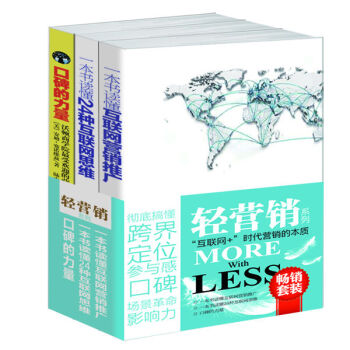


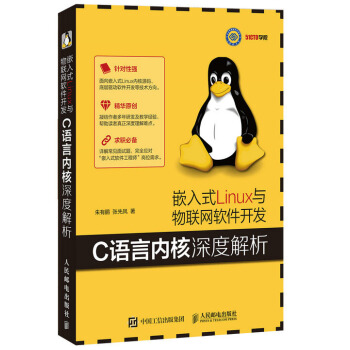
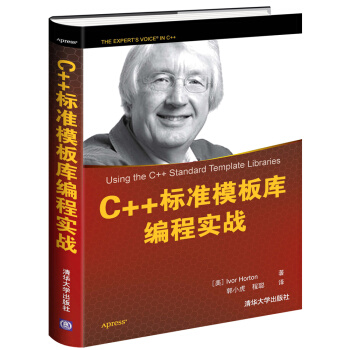
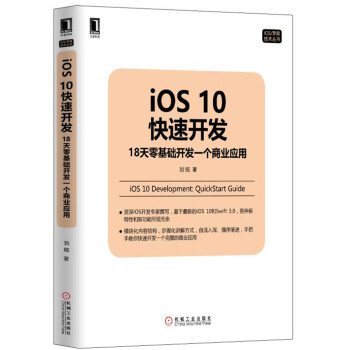

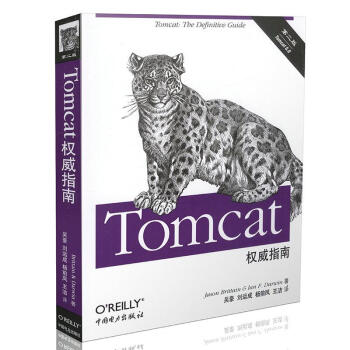
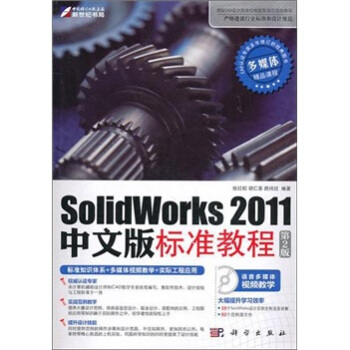
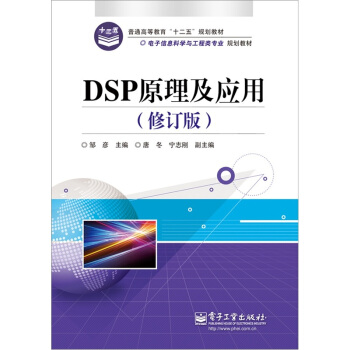
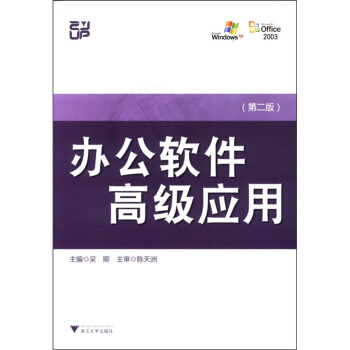
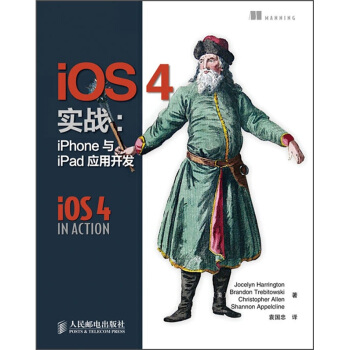
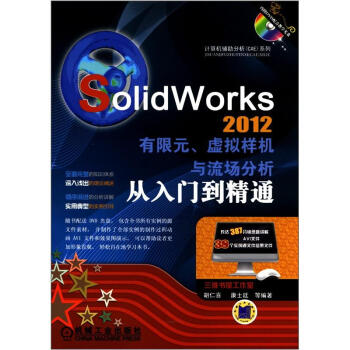
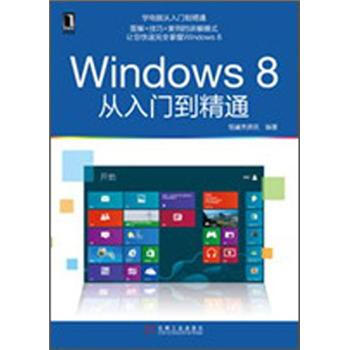




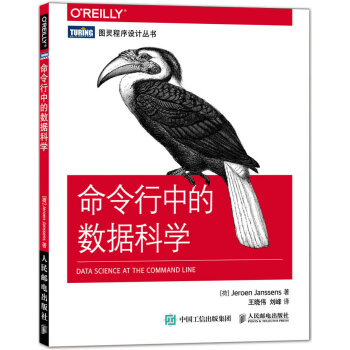
![次世代游戏机械及场景制作(附光盘) [The Game Art Factory] pdf epub mobi 电子书 下载](https://pic.tinynews.org/11764413/55ee2a4cNc6a21fd2.jpg)